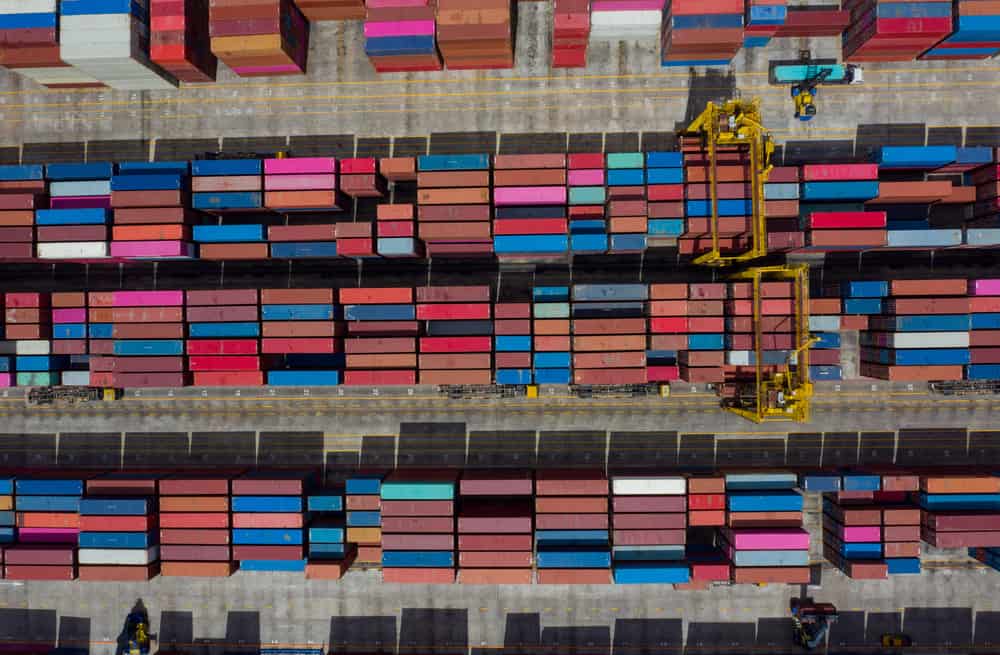COVID-19 had a major impact on international trade and shipping channels during 2020. The shipping industry has been impacted both directly and indirectly. Even though the pandemic is not over, we can see how the industry is recovering up to a certain extent. The global ocean shipping industry is facing numerous challenges, such as an increase in freight rates, a general equipment shortage, and congestion in ports. While keeping this in mind, container shipping quickly developed into the epicenter of the crisis facing the global shipping industry. Cargo volumes brought an additional challenge to the existing structural market imbalance. However, and most importantly, the shipping industry adopted more discipline and become one of the best performing corporate sectors.
Why is there a container shortage in the shipping industry?
One of the biggest challenges for the shipping industry is the container shortage. Demand for containers has grown during the pandemic. The increase in demand was stronger than expected and was not met with a sufficient supply of shipping capacity. As of now, shipping containers are gathered at different ports located all around the world. Most containers are not on the sea, but in inland locations. We can see how trade and production came to a halt during the pandemic. For the same reason, ocean carriers had to pause their operations. Even though trade has resumed, it will take some time for international shipping to return back to normal. Hence, we will likely see a shortage of shipping containers in the near future as well.
Rate increases for shippers have also been a major challenge.
Container rates have had a particular impact on global trade. Rising freight rates brought huge profits to ocean freight carriers. Due to the shortage of shipping containers, freight rates increased. China was the very first country to recover from the global pandemic. Upon recovering from the pandemic, China started to manufacture goods and export them from March 2020 onward. However, this is where other countries stepped up and enforced restrictions. The uneven recoveries and increased consumer demand made shipping containers highly valuable. Since there was no supply to cater to the demand, shipping container shortages led to increased shipping costs. We can expect freight rates to come down when things return back to normal. Regardless, freight volumes are expected to continue to remain elevated. However, we are not still sure whether it could come back to the rates that we used to have before the pandemic.
Technological advancements are taking place in the container shipping industry.
The pandemic has also had a huge effect on digitalization and the elimination of paperwork in the shipping industry. Many organizations and most large companies have made great strides in removing or at least reducing paper from their business processes. We can see how the digital transformation is creeping into the global freight industry. Technological advancements are taking place in the supply chain. Back in the day, people were heavily relying on paperwork. This results in slow transactions and processes. However, we can see how it is changing along with the penetration of technology. Consider the enormous benefits that paperless working can bring. In addition, organizations are eliminating paper in the first place and they create interactive PDF forms that can be accessed via web and mobile apps.




